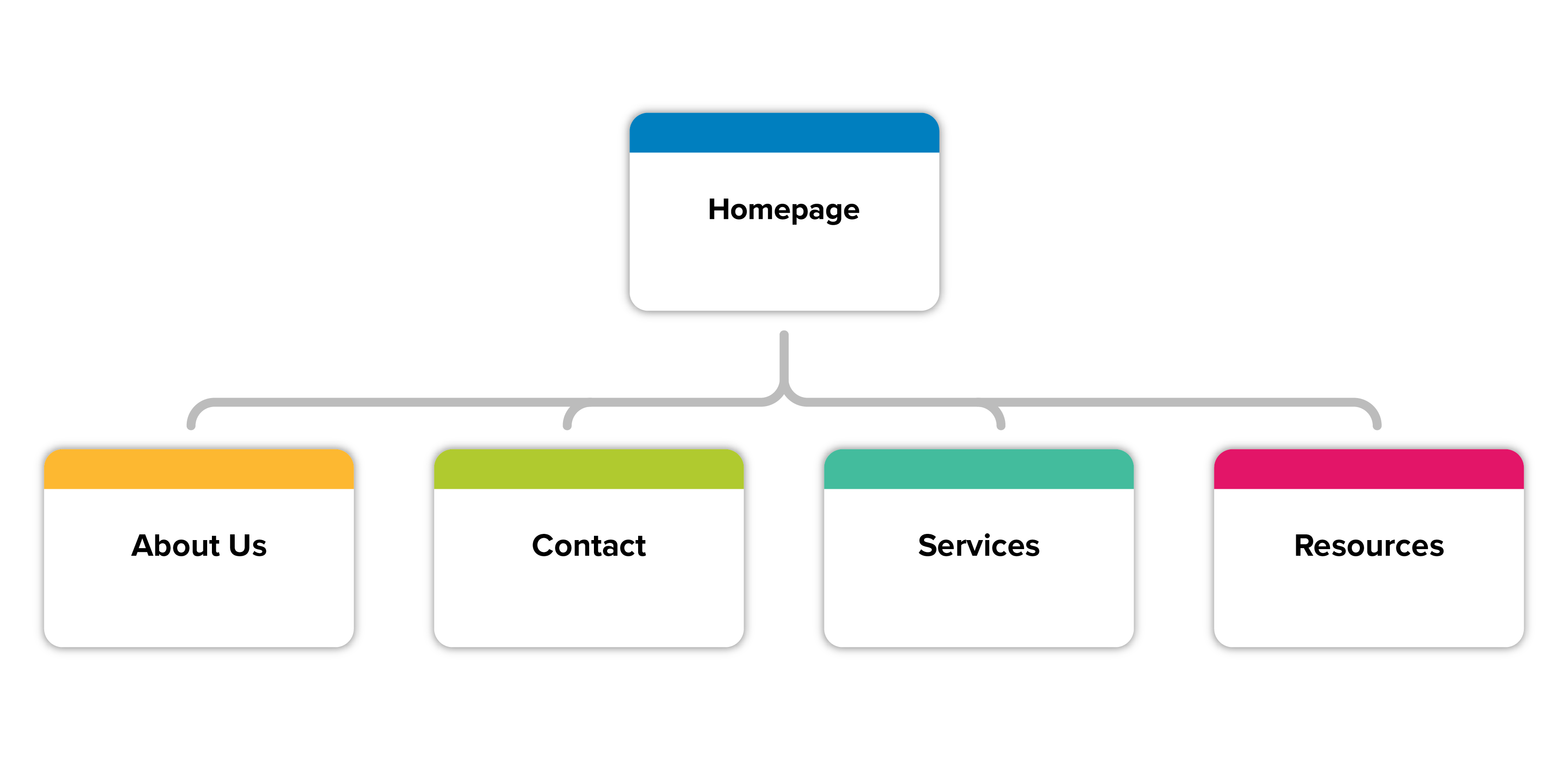
Is your website working well for you?
As much as we hope you answered yes to the above question, it may be time for a refresh and redesign!
Soooo, what in the world does this mean for your business in 2021?
Let’s dive into the 8 essential phases of the website design and development process and how you can best utilize them to create a website that is B-E-A-utiful.
1. Information Gathering
The web development process isn’t complete without a little research! Before diving into copywriting, design, or development, your website design and development team must know your clear expectations for the project: who you are, who your target audience is, what your product or service is, what you want your website to do, and how your team can help.
Defining your target audience, goals, and purpose behind your business is the key to creating an enticing and effective website.
Spoiler alert: A proper planning phase will improve your website user experience and engage potential new customers or clients.
2. Site Map
We’ll say it again (and again and again!) a website that is properly planned won’t just engage your target audience – it’ll convert more clients than one that just looks pretty.
- Think through the intended journey you’d like your customer to take.
- How do you want website visitors to navigate throughout your site?
- What’s the end goal you have in mind for them? (Make a purchase? Book a call?)
- How will you achieve this?
Enter a well-defined site map.
Deciding where and why things go certain places on your website will set you up for success in the long haul.

3. Keyword Research
Your website can be designed well, but if your target audience can’t find it, then the design is useless. This is why Search Engine Optimization (SEO) is such an important phase of the website design and development process.
By writing targeted copy and using intentional keywords thoughtfully woven throughout H1 headlines, page titles, body copy, meta descriptions, and more, you’ll be able to show up for your target audience when they need your product or service most.
4. Copywriting
In our humble opinion, on-brand copy pairs well with a strategically developed site, making the next phase of the website design and development process more important than ever.
Related: 3 Keys to Clear Copywriting
As Donald Miller says, “People only buy things when they read words that make them want to buy things.” Your content writing needs to be interesting, easy to read, and have a clear call-to-action.
5. Design
48% of people cited a website’s design as the number one factor in deciding the credibility of a business. (Source: SME Website Statistics. Rareform New Media.)
Related: Is My Design Hurting My Bottom Line?
You’ve reached the point in the design phase where it’s time to incorporate graphic design elements and your branded color scheme. Your website should be designed in a visually appealing way so that customers can easily find the information they are looking for and your message is clear.
6. Development
Your copy and design begin to come to life in the next phase of the process: development.
Related: What is a UX/UI Designer, and Why You Need One
Platforms lay the foundation for a website, and we’re well-versed in all the major web platforms.
Related: Best Apps + Platforms for Marketing and Design
Related: Website Platform Comparison: Squarespace, WordPress, and Shopify
Your website must be user-friendly and mobile responsive, meaning it automatically adjusts to the screen width of a visitor’s device – whether it’s viewed on a mobile browser, tablet, or desktop. This ensures a quality experience no matter what type of device the viewer is using. If your visitor is struggling to navigate your website, they will quickly lose patience and leave your web page.
Related: 10 Reasons Why We Use WordPress
Related: 10 Must-Have WordPress Plugins
7. Testing
It’s almost time to launch the final product! Right now is the time to do a full proofing of your website, test links, review the homepage and internal pages, and make sure everything looks great. It’s not a bad idea to launch your website to a select handful of friends and family members to take a look at and provide feedback before you go live.
8. Maintenance
Your website is officially live — congratulations! 🥳 Your website is fully functional, easy to use, and designed with great detail. It is easily editable on the backend so your team can quickly and easily make changes on the site without the need of a web developer.
But, the work isn’t done yet. A great website requires consistent upkeep and maintenance to keep your website looking good and working well. Make sure you regularly refresh your plug-ins and software (we recommend monthly updates!) to keep things running smoothly.
Takeaway:
Building a website that appeals to your target audience, incorporates on-brand copy and design, and motivates users to take action can seem like an overwhelming task. But with the right steps in place, you can set your business or organization up for success long after you click publish!
Want to see how your website stacks up against the competition? Get your site audited.
Related: Website Audits: What to know
Ready to dive into a website redesign? Let’s talk. Schedule a free discovery call with our Creative Director, Jenny Cross, today!

With more than 10 years of agency experience, Jenny has had the privilege of working with a large variety of brands. She loves partnering with other business owners and entrepreneurs, and specializes in brand development. From digital marketing to online course creation, Jenny’s knowledge and skillset has prepared her to be a successful creative director.













